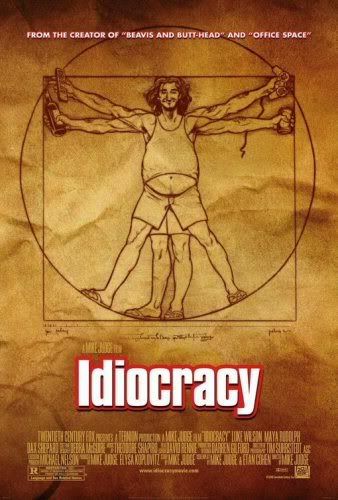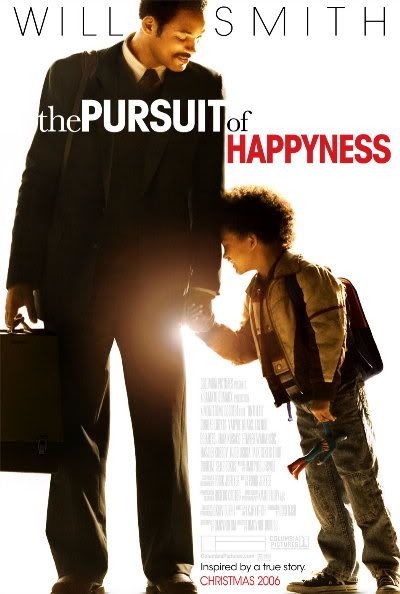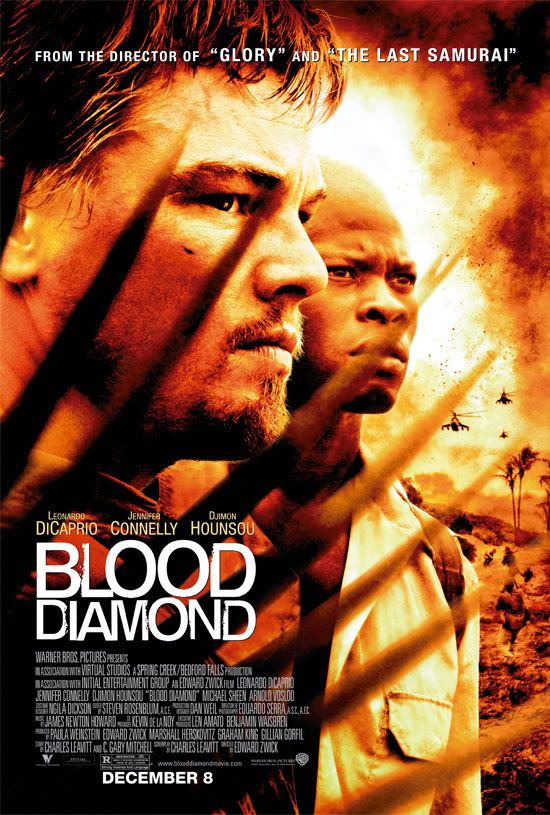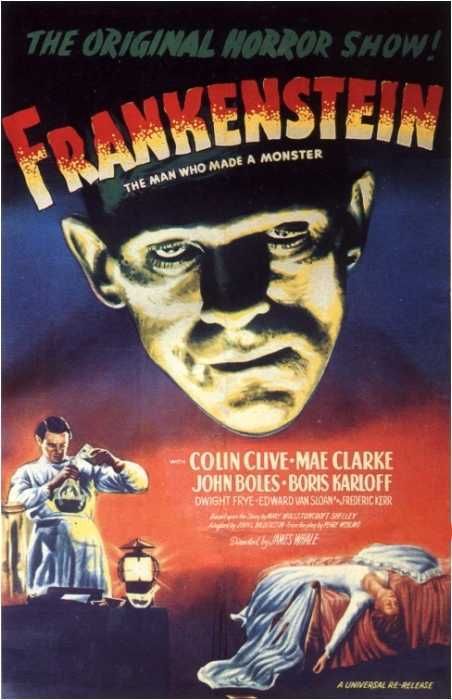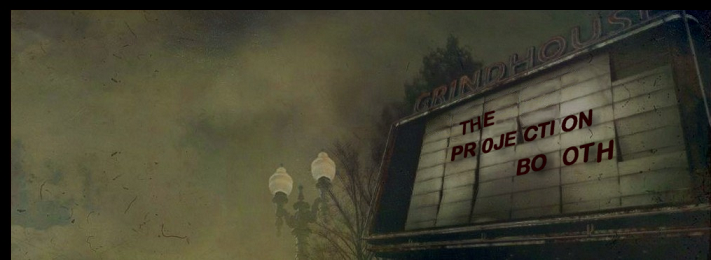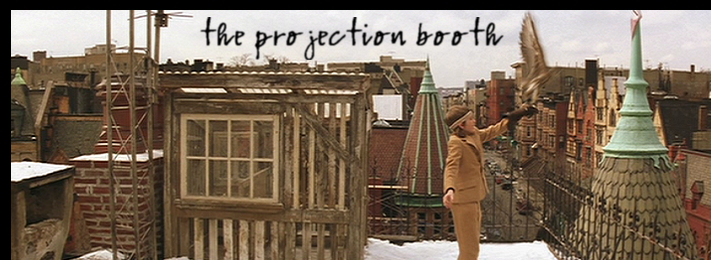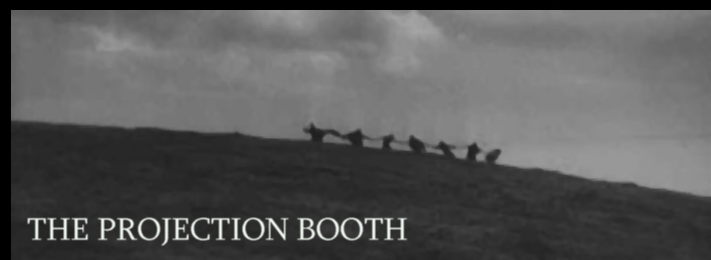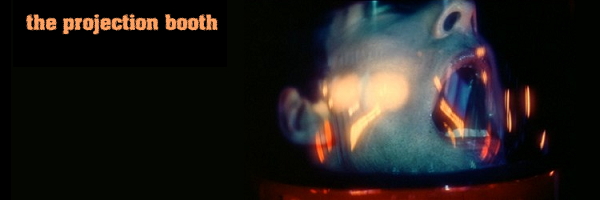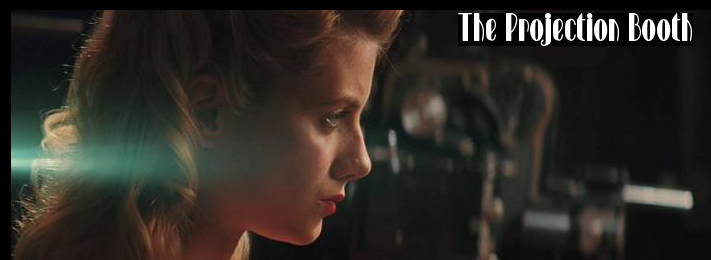 It was with a sigh of anxious trepidation that I responded to the A.F.I.'s recent announcement of a retrospective follow-up to their much ballyhooed "100 Years...100 Movies" countdown that first aired in 1997. Now ten years in hindsight, the intention is to re-evaluate this list so as to reflect the changes that have taken place in the culture. An admittedly good idea (not unlike the decade-based Sight and Sound polls), it is still problematic under the circumstances, and the fact that the institution holds no truly legitimate authority about this sort of thing is, like Oscar, beside the point. Whenever a high-profile organization decides to come out and make declarations as to what is or is not the best that's ever been, film culture suffers, if only because the demand to canonize the discourse functions primarily (however unintentionally) to diminish a rich and diverse wealth of experiences into a handful of "must see" films that, for the most part, everyone already has.
It was with a sigh of anxious trepidation that I responded to the A.F.I.'s recent announcement of a retrospective follow-up to their much ballyhooed "100 Years...100 Movies" countdown that first aired in 1997. Now ten years in hindsight, the intention is to re-evaluate this list so as to reflect the changes that have taken place in the culture. An admittedly good idea (not unlike the decade-based Sight and Sound polls), it is still problematic under the circumstances, and the fact that the institution holds no truly legitimate authority about this sort of thing is, like Oscar, beside the point. Whenever a high-profile organization decides to come out and make declarations as to what is or is not the best that's ever been, film culture suffers, if only because the demand to canonize the discourse functions primarily (however unintentionally) to diminish a rich and diverse wealth of experiences into a handful of "must see" films that, for the most part, everyone already has.
I suppose it's some indicator of realistic self-awareness that the A.F.I. has admitted that their own choices ten years prior are in no way a be-all end-all of what films are most important to us. Yet regardless of the intended effects of these endeavors, I'm still critical of the effect this sort of thing plays on mainstream views on film culture as a whole. I'd be ashamed of effect the original A.F.I. list has had on my own love of the medium had I not grown from the starting point it provided for me. By providing a place to begin, it was the stamp that coined me into a cinephile, even if it was but a semi-arbitrary list of classics. As a newcomer, it seemed wise to have them under my belt.
When it first aired, I was infuriated that my beloved T2 didn't make the cut (a strange memory for me, which seemingly contradicts what I'd always thought was an overriding preference for the original Terminator), but was curious as to these strange titles like Citizen Kane and Apocalypse Now. Step back from this relatively minute collection of 100 films (great though many of them are) and you'll see how limited it is on the whole, but to a a youngster, it was a porthole into the Corleone family, Kane's Kubla Khan, and the heavenly high instilled by Kubrick's glorious Star Child. I may curse it's shortsightedness now, but I will always be grateful to the A.F.I. for giving me the most basic tools to get started.
And basic tools they are, which is the fact that makes the A.F.I.'s claims to authority so contemptuous. Where this sort of collective list-making framed not as a masturbatory session akin to the yearly Oscar ceremony, I'd be less scathing in my feelings, but groups like the A.F.I. truly do more harm than good. At least when Leonard Maltin makes a list of 100 "must see" films, he specifically states that they are but a jumping-off point, whereas Roger Ebert outright refuses to make lists, save for his journalism-mandated Top Ten lists at every years (and decades) end.
Despite all that I've said, I'll be frank: I love lists. Namely, I love the personal act of making lists as a means of exploring ones love for the medium, albeit within the specific context that they are far from definitive representations. Lists are bound by numbers, and mathematically constrained representations mix with the creativity of art about as well as Clint Eastwood and Michael Moore. They're a fun way of examining your taste with others; indeed, there are many a great, great film I'd have likely never seen had trusted friends not placed them amongst their year's best (again, Nick Schager, for I'll Sleep When I'm Dead, thank you), or something of similar ilk.
My own affiliation with Slant Magazine began with my discovery of (aside from Alexa Camp, that is) their own "100 Essential Films" list, the very existence of which expresses many of the same frustrations I've attempted to vent here. States their opening paragraph: "While you will find many popular classics and critical favorites on our list of 100 Essential Films, our goal was to mix things up a bit. This list should not be construed as a definitive "greatest films" package, but as an alternative compiled by a group of kinky film-lovers wanting to give serious critical thought to neglected, forgotten and misunderstood gems." It was through this list that I discovered many films I'd never before heard of and are now amongst my very favorite (The Last Temptation of Christ), or those I'd intentionally avoided because of the bad rap they'd otherwise accrued (Day of the Dead), only to discover something brilliant and savory. Very quickly I discovered the importance of the minority voice... although that in itself is another essay topic right there.
Feature-Length Fiction Film: Narrative format, typically over 60 minutes in length.
Anything with an intermission gets double points!
American Film: Motion picture with significant creative and/or productive elements from the United States.
Or New England. English is English, right? And if you've seen Crouching Tiger, you've seen them all, right?
Critical Recognition: Formal commendation in print, television and digital media.
Anything Leonard Maltin loves (except for Taxi Driver).
Major Award Winner: Recognition from competitive events including awards from peer groups, critics, guilds and major film festivals.
Because we can't back up our own opinions otherwise.
Popularity over Time: Including success at the box office, television and cable airings, and DVD/VHS sales and rentals.
You can't argue with us: they're already popular!
Historical Significance: A film’s mark on the history of the moving image through visionary narrative devices, technical innovation, or other groundbreaking achievements.
Example #1 - Grease (The car's flying! Omigod!).
Cultural Impact: A film’s mark on American society in matters of style and substance.
Example #2 - Austin Powers: International Man of Mystery (Yeah, baby! Actually, it pleases me to no end that this made the short list, it being an imperfect but still great comedy soon-to-be classic).



